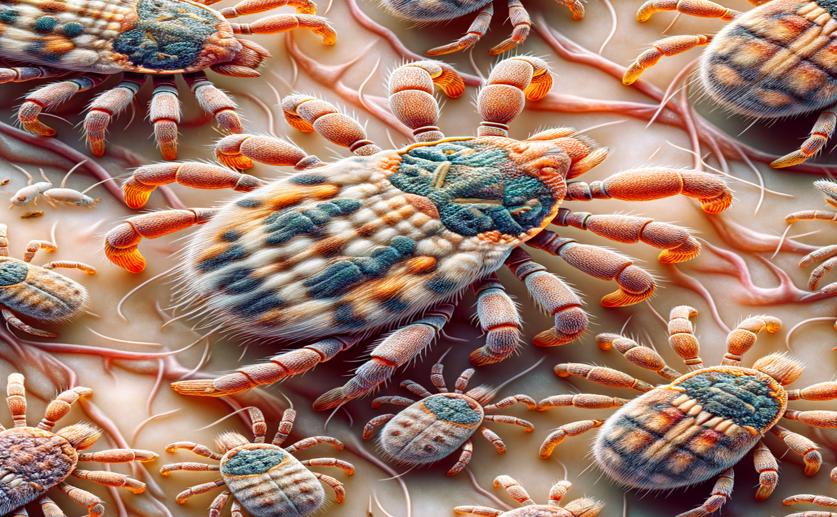
Genetic Variations in Mites: Patterns and Life Impacts
Greg Howard
11th April, 2024

Image Source: Natural Science News, 2024
Key Findings
- Researchers in Poland found two genetic variants of the 6Pgdh gene in bulb mites, affecting male reproduction
- The study showed that soil properties, like certain minerals, influence which genetic variant is more common
- Despite advantages in the lab, both genetic variants persist in nature, hinting at complex environmental interactions
References
Main Study
1) 6Pgdh polymorphism in wild bulb mite populations: prevalence, environmental correlates and life history trade-offs
Published 10th April, 2024
https://doi.org/10.1007/s10493-024-00909-4
Related Studies
2) Evolutionary inferences from DNA variation at the 6-phosphogluconate dehydrogenase locus in natural populations of drosophila: selection and geographic differentiation.
Journal: Genetics, Issue: Vol 136, Issue 1, Jan 1994
3) 6-Phosphogluconate dehydrogenase inhibition arrests growth and induces apoptosis in gastric cancer via AMPK activation and oxidative stress.



 5th April, 2024 | Greg Howard
5th April, 2024 | Greg Howard